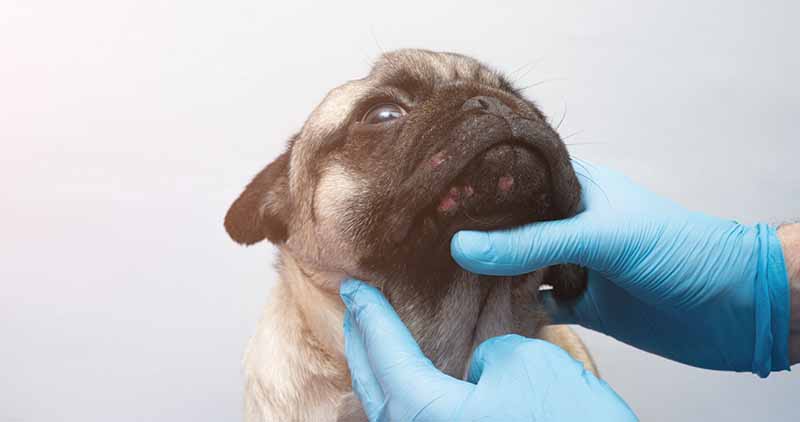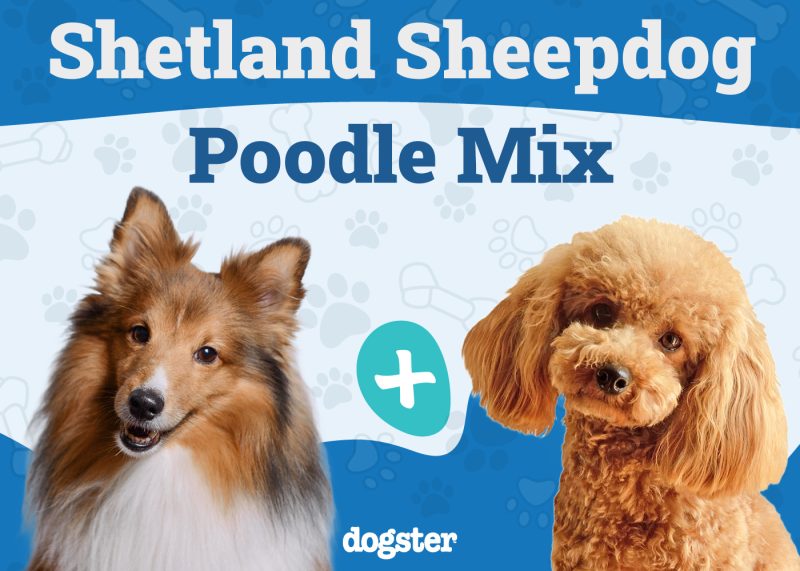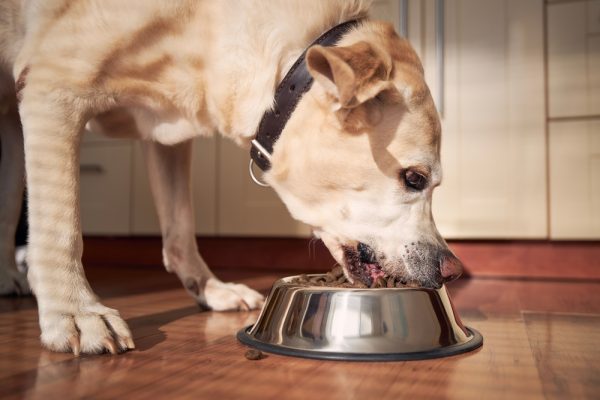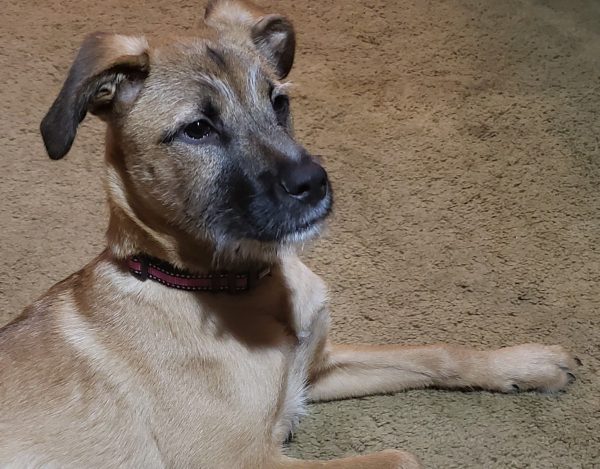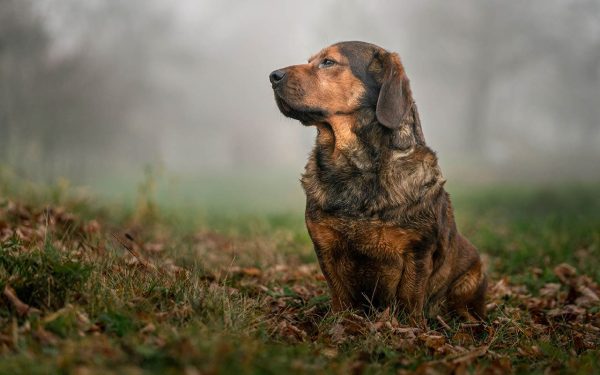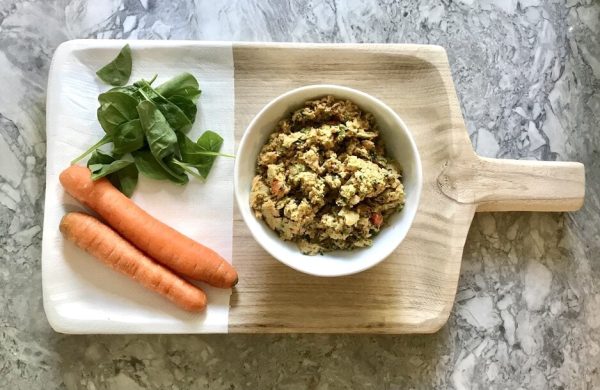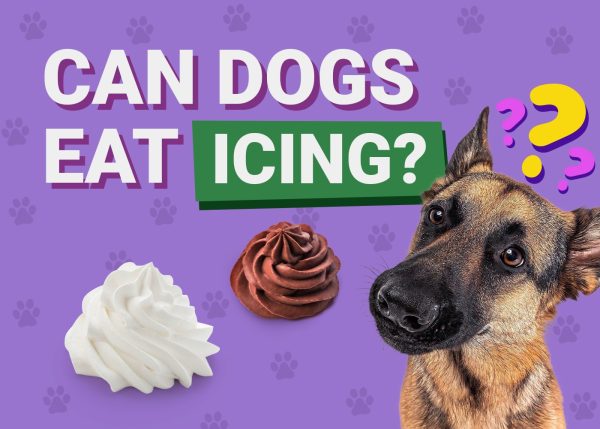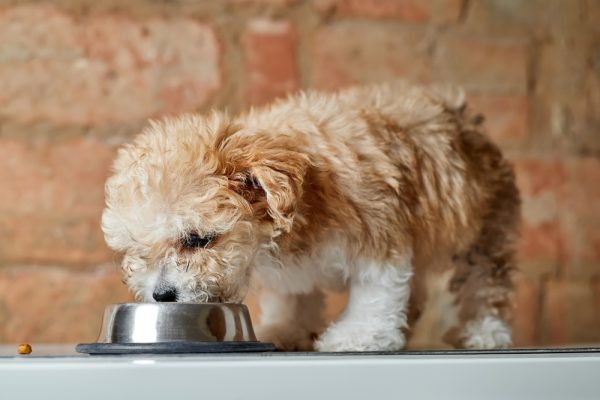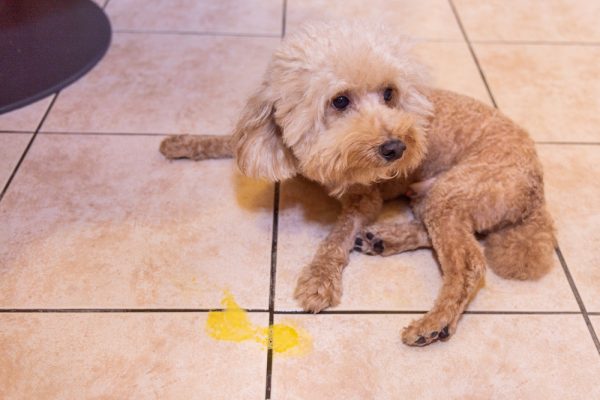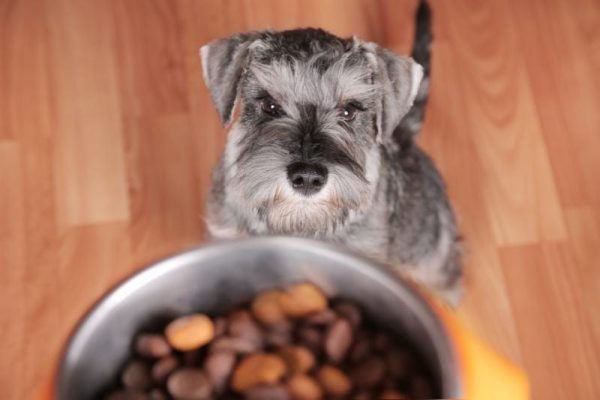Pimples, or acne, are not unique to people. Although there are different causes of acne in dogs, and some dogs are more prone to suffering than others, any dog can develop pimples at any stage of their life. It is most commonly seen on the chin and the muzzle of the dog and most commonly occurs after a physical injury to the area.
The injury causes the hair follicles to become inflamed and eventually rupture, leading to the contents of the follicle leaking out into the surrounding skin. Treatment includes topical benzoyl peroxide creams to get rid of any outbreaks and prevent future occurrences, as well as the application of steroidal cream to treat the inflammation and reduce discomfort.
Other treatments may also be diagnosed by the vet, but owners are advised to avoid popping the spots. Doing so can cause other follicles to rupture under the skin, making the problem worse rather than helping clear it up. Regularly changing food and water bowls may also help. Below we look at some of the causes and treatments of pimples in dogs.
Causes of Dog Acne
Follicles are small openings in the skin, through which hair or fur can grow. Dogs have follicles that are very similar to humans, and under these follicles are sebaceous glands. These glands secrete a natural oil called sebum. This oil protects the fur and also ensures that the skin is strong. Pimples occur when the sebum collects in the follicles and cannot be expelled properly. The white pus within the pimple is a buildup of the sebum.
In dogs, the most common place for pimples to occur is on the chin, but they can also be found on the muzzle, as well as on the chest, belly, and around the genitals.
Humans most commonly get pimples due to hormonal changes in the body, but this is not a common cause in dogs. The most likely cause of pimples in dogs is physical trauma of the skin. This doesn’t necessarily mean a major injury, however, and it can include trauma caused by a simple buildup of dirt on the skin.
Other causes do include physical injuries and trauma. If your dog regularly rubs its rostrum against the walls, rugs, and furniture in your house or if they scrape their mouth when eating from a plastic food bowl, this can lead to outbreaks of pimples and acne.
Certain breeds, including Boxers and Great Danes, are especially prone to pimples. And so too are hairless dogs or those that have hairless patches of skin.

Treatment
Pimples can clear up over time, in some cases, but this does depend on the cause and whether that cause has been removed from your dog’s environment. If your dog has plastic bowls, swap these out for stainless steel bowls because the plastic material could cause irritation of the skin and the follicles and might be causing the problem.
Topical creams can be used. These are rubbed on the area and will strengthen the skin and help the follicles recover so that the pimples clear up. Typically, steroid creams need to be prescribed by a vet so if you have noticed that your dog has endured several outbreaks of acne, it is worth taking your pup to see a vet to have them diagnosed.
If the problem does persist and keeps returning, your vet may prescribe another topical steroid cream that needs to be applied regularly. This cream should help prevent further outbreaks while also helping any existing pimples clear up.
Do not be tempted to squeeze or burst the pimples yourself and try to discourage your dog from scratching at them. Squeezing can cause further damage around the affected follicle, which, in turn, can lead to more pimples and cause the acne to spread.
Check the Pimples
You should check any pimples you see to ensure that they really are acne pimples. Sores that don’t heal, lumps, and bumps can be signs of cancer and other skin conditions and if these are left undiagnosed and untreated, they can prove very serious indeed. Keep an eye on any growths and monitor their development, growth, and reemergence. If you have to take your dog to the vet due to its growth, photographic records can prove very useful in diagnosing and treating the problem.
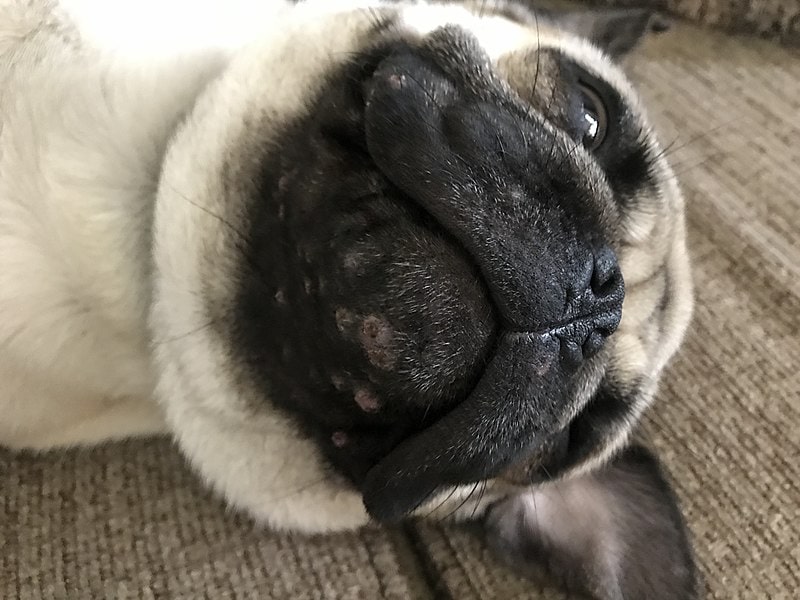

Conclusion
Dogs can suffer pimples in much the same way people can, although whereas hormonal changes are the most common causes of acne in humans, it is trauma or physical damage to the follicles that are most likely to cause pimples in dogs. A topical cream can be prescribed by the vet and may be used to help clear the problem up. In some cases, it may be necessary to apply an additional cream that will help strengthen the skin and prevent any additional pimples from forming later.
Do monitor the pimples, don’t squeeze them, and visit a vet if the problem gets worse or won’t go away on its own. Although unlikely, the pimples could be a different kind of lump and might be a sign of a serious illness.
See also:
- How Big Does a Pug Get (With Weight & Growth Chart)
- How to Get Rid of Dog Pimples: 10 Vet-Approved Dog Acne Treatments
Featured Image Credit: Yekatseryna Netuk, Shutterstock

